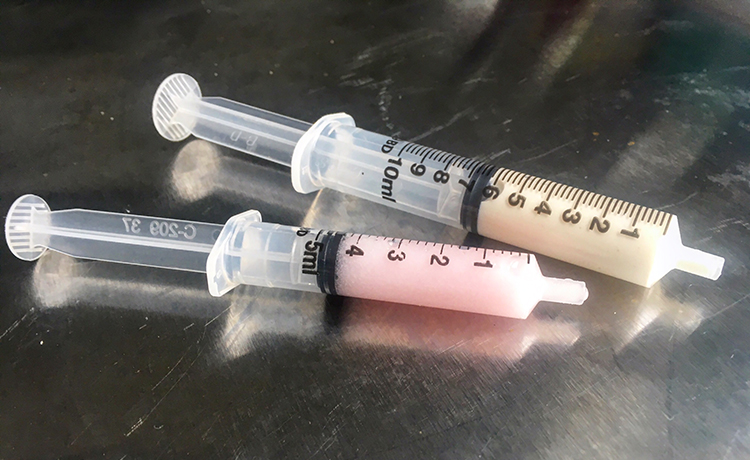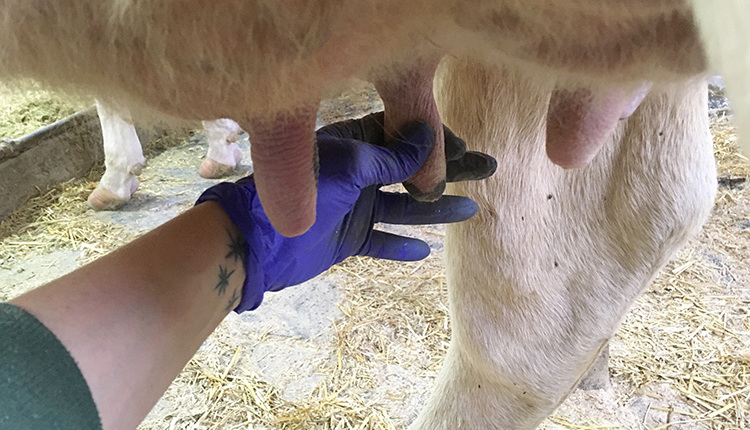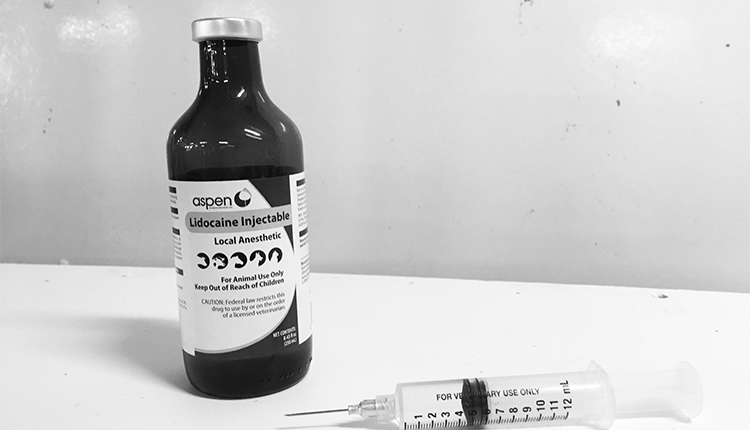
Two hospitalizations.
Four different antibiotics.
I’m still praying that this fourth antibiotic does what it’s supposed to.
Two weeks ago, my 4-year-old daughter, Daphne, underwent surgery to remove her ruptured appendix and clean all of the purulence out of her abdominal cavity. She spent four days in the hospital on intravenous (IV) antibiotics and continued antibiotic therapy at home with six-day course of oral antibiotics.
Then, last week, she again developed a fever and became lethargic. After more lab work and another CT (computerized tomography) scan, she was diagnosed with three abdominal abscesses, which grew from bacteria left over from her ruptured appendix.
Daphne was started on IV antibiotics, underwent another surgery to remove the abscesses, and spent another four days in the hospital.
Daphne is now home, completing a 10-day course of oral antibiotics. She’ll see her surgeon again later this week to make sure there are no new abscesses forming in her abdomen.
My hope is that, because we were able to culture the bacteria in the abscesses and run antibiotic sensitivities, Daphne is now being treated with the most appropriate and effective antibiotic. My prayer is that she will be given a clean bill of health and her life can return to normal. My gratitude is to the doctors and nurses who are caring for Daphne and to the medical scientists who develop antibiotics. Antibiotics saved Daphne’s life.
How we handle antibiotics
In the wake of all of this, my feelings about the importance of antibiotic stewardship are stronger than ever. Whether we are treating our kids or our cows and calves, the responsible use of antibiotics is important for improving cure rates and reducing antibiotic resistance.

Here is the strategy we follow on our farm (and in our family) to practice responsible antibiotic use.
1. Prevention. Our primary goal regarding antibiotics is to prevent using them at all by creating strong immune systems. Strong immune systems are created through up-to-date vaccinations, balanced nutrition, daily exercise, adequate rest, and proper environment.
We can’t prevent everything . . . which is certainly the case with appendicitis . . . but putting our focus here prevents a lot.
2. Supportive therapy. Does this illness require antibiotic treatment? In many cases, the answer is no. Especially with mastitis, cows can often overcome the infection with supportive therapy. Our supportive therapy regimen includes oral and IV fluids, aspirin (for pain control and fever reduction), and nutritional supplementation (mostly with fine-stemmed grass hay.
3. Consult and/or culture. When we do decide to treat an illness with antibiotics, we either consult our veterinarian for the most appropriate course, culture the bacteria to identify effective treatments, or both.
4. Consistent treatment. Antibiotic therapy requires giving the right dose at the right time. This is only the third time I’ve had to treat any of my children with an antibiotic. To manage Daphne’s antibiotic and pain medication schedule, I created a simple checklist to make sure I didn’t miss any doses.
5. Complete the course. Finish the prescribed course of antibiotic treatment, even if your cow no longer has symptoms or your child feels better. This is the single most important step in preventing antibiotic resistance.
6. Keep records. We keep treatment records in a notebook and in our herd management software program. We also record temperatures and other symptoms.
Records, records, records
I used Daphne’s treatment checklist to record her temperature each time I took it. When I called in after she developed her second fever, I had a precise record of when her temperature started to climb again and how long she had been above normal but below the true fever threshold.
We can all do our part to reduce antibiotic use, improve cure rates, and reduce antibiotic resistance. What steps do you take on your farm? What steps do you take in your family?

The author is a dairy farmer and writer from central Minnesota. She farms with her husband, Glen, and their three children. Sadie grew up on a dairy farm in northern Minnesota and graduated from the University of Minnesota with a degree in agricultural communications and marketing. She also blogs at Dairy Good Life.








